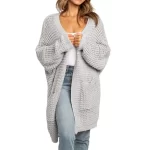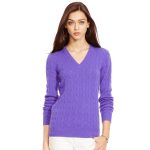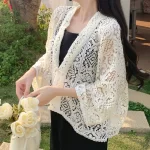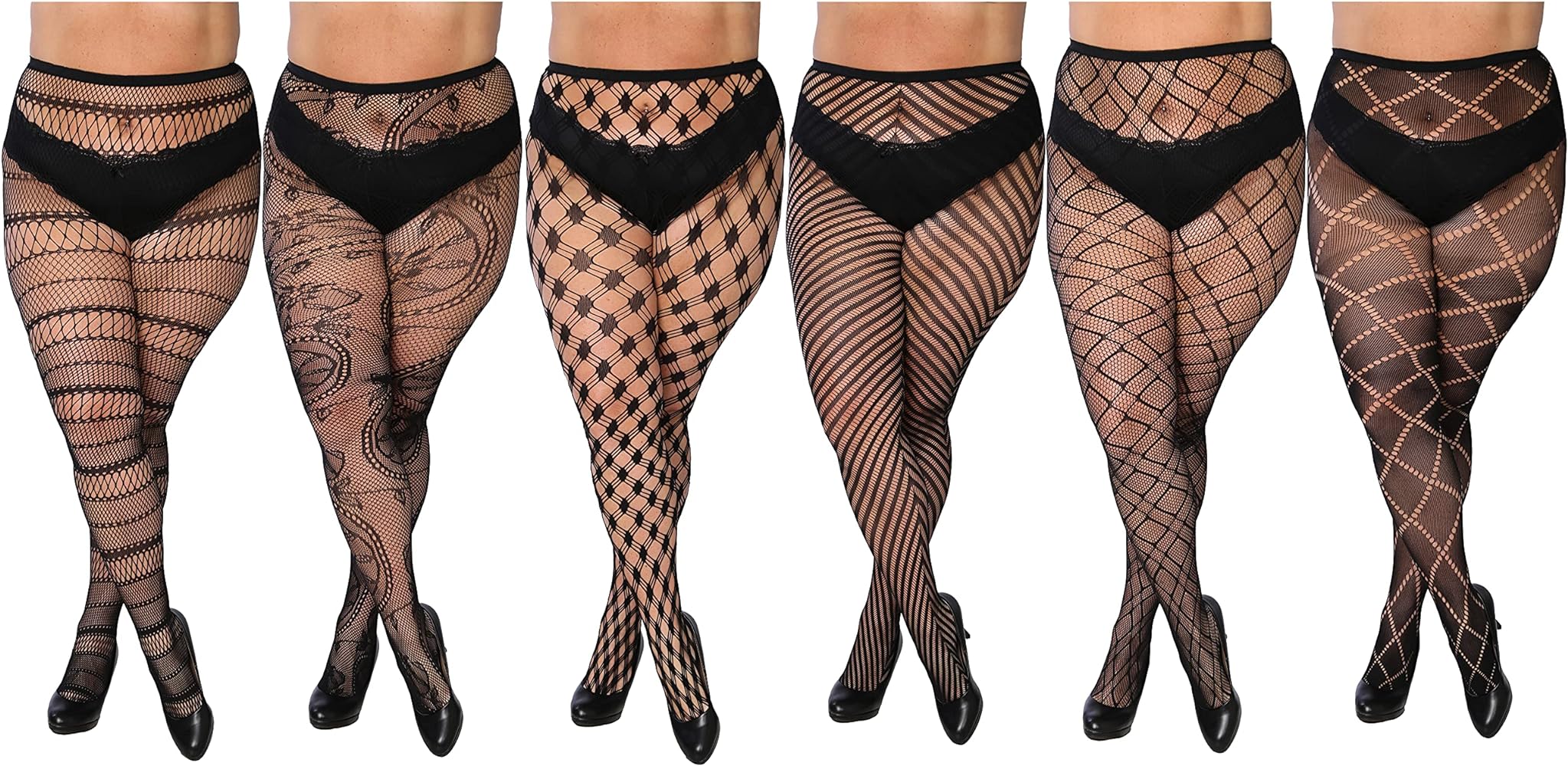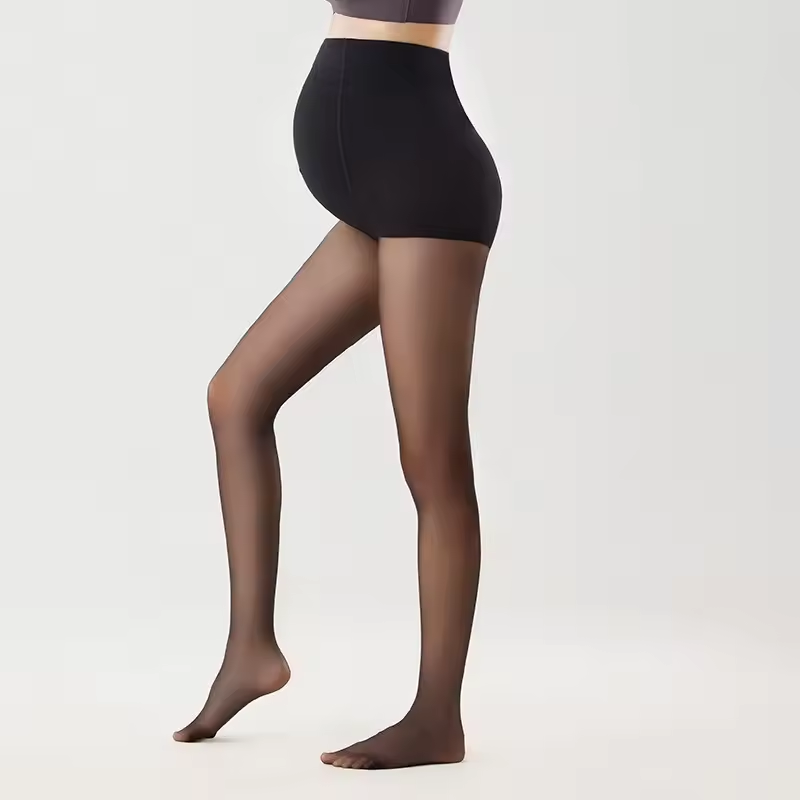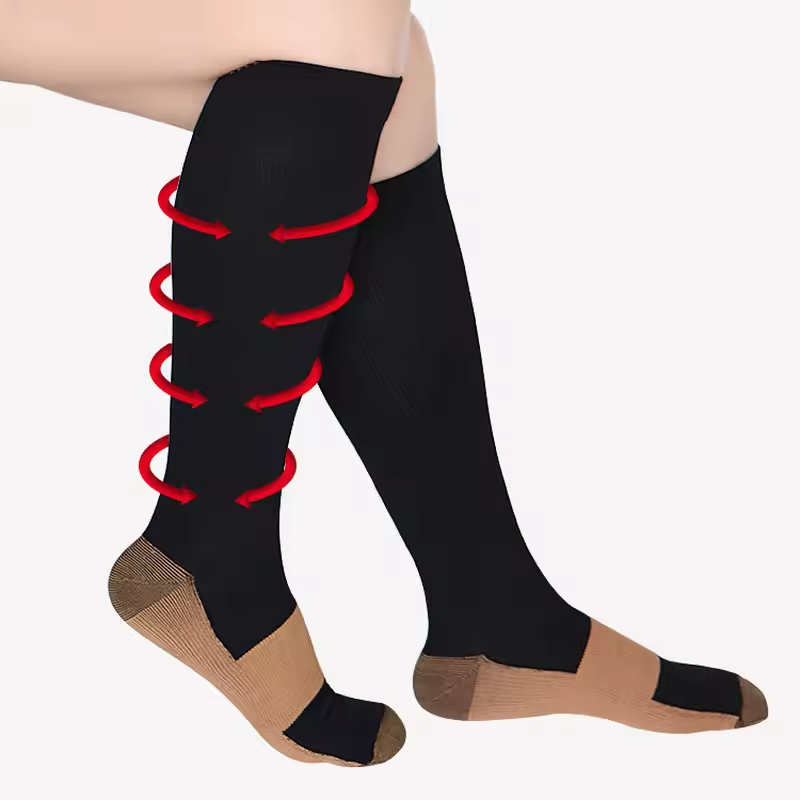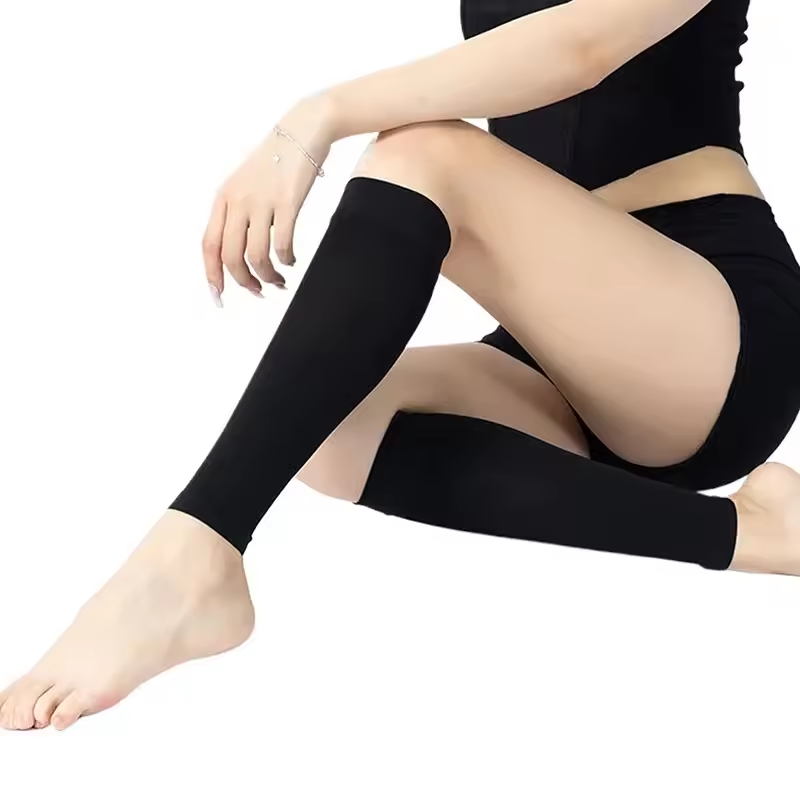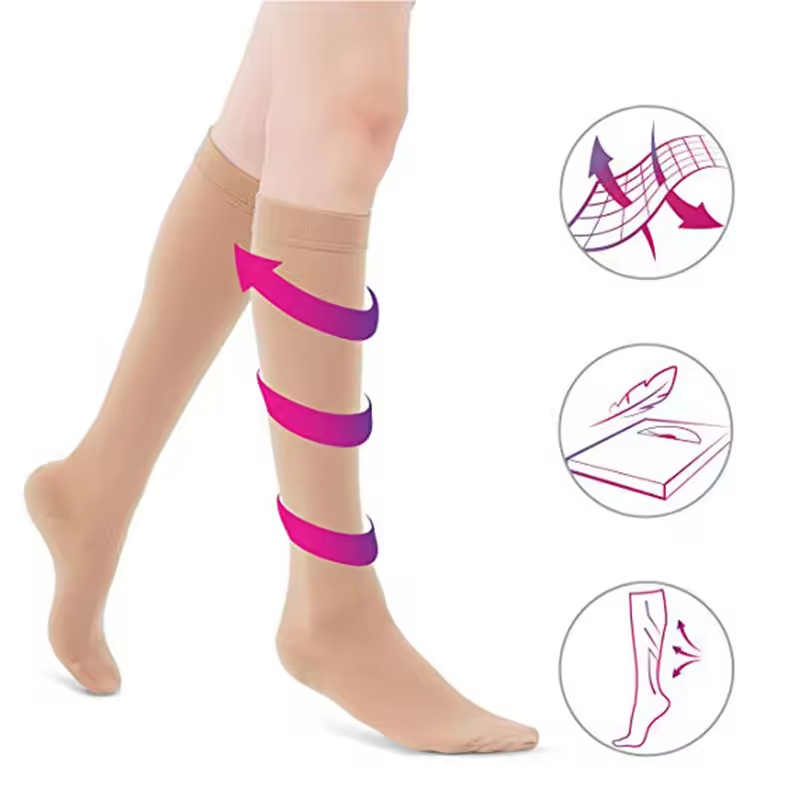Introduction: Unraveling the Mystery Behind Fishnets
Fishnet stockings(Français: bas résille) have long been a symbol of allure, sensuality, and fashion rebellion. These intricate hosiery pieces, with their distinctive web-like patterns, have transcended decades and fashion trends, cementing their status as a timeless wardrobe staple. This article delves into the rich history, cultural significance, and ever-evolving style applications of fishnet stockings, exploring why they continue to captivate fashion enthusiasts worldwide.
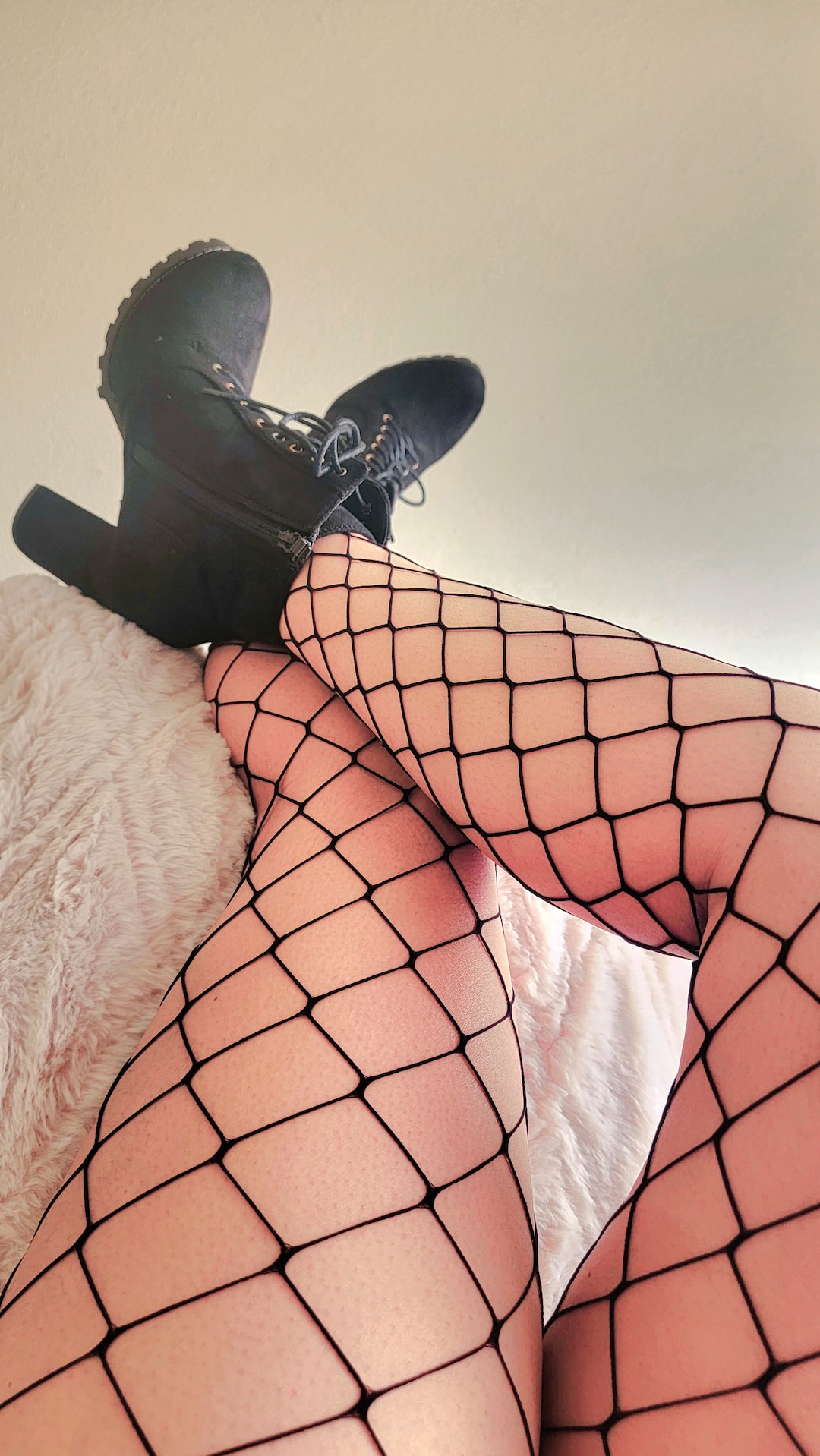
A Glimpse into History: From Function to Fashion
The origins of fishnet stockings can be traced back to the early 20th century, where they were initially designed for practical purposes in dance and theater. Dancers found the open weave structure comfortable and breathable, allowing for ease of movement and ventilation during performances. However, it wasn’t until the rebellious 1920s, the era of flappers and liberation, that fishnets began their fashionable ascent. As hemlines rose and societal norms relaxed, women started embracing fishnets as a statement of independence and defiance, marking the beginning of their journey from functional undergarment to iconic fashion accessory.
Cultural Icons and the Rise of Fishnet Fame
The 1950s and 60s saw fishnet stockings become synonymous with Hollywood glamour and the rise of pin-up culture. Icons like Marilyn Monroe, Bettie Page, and later in the punk era, Debbie Harry, sported fishnets as an integral part of their ensembles, further popularizing the look. These influential figures not only wore fishnets but also imbued them with a sense of power and sexuality, making them a symbol of female empowerment and self-expression. Their images, immortalized in film, photography, and music, solidified fishnets’ place in pop culture history.
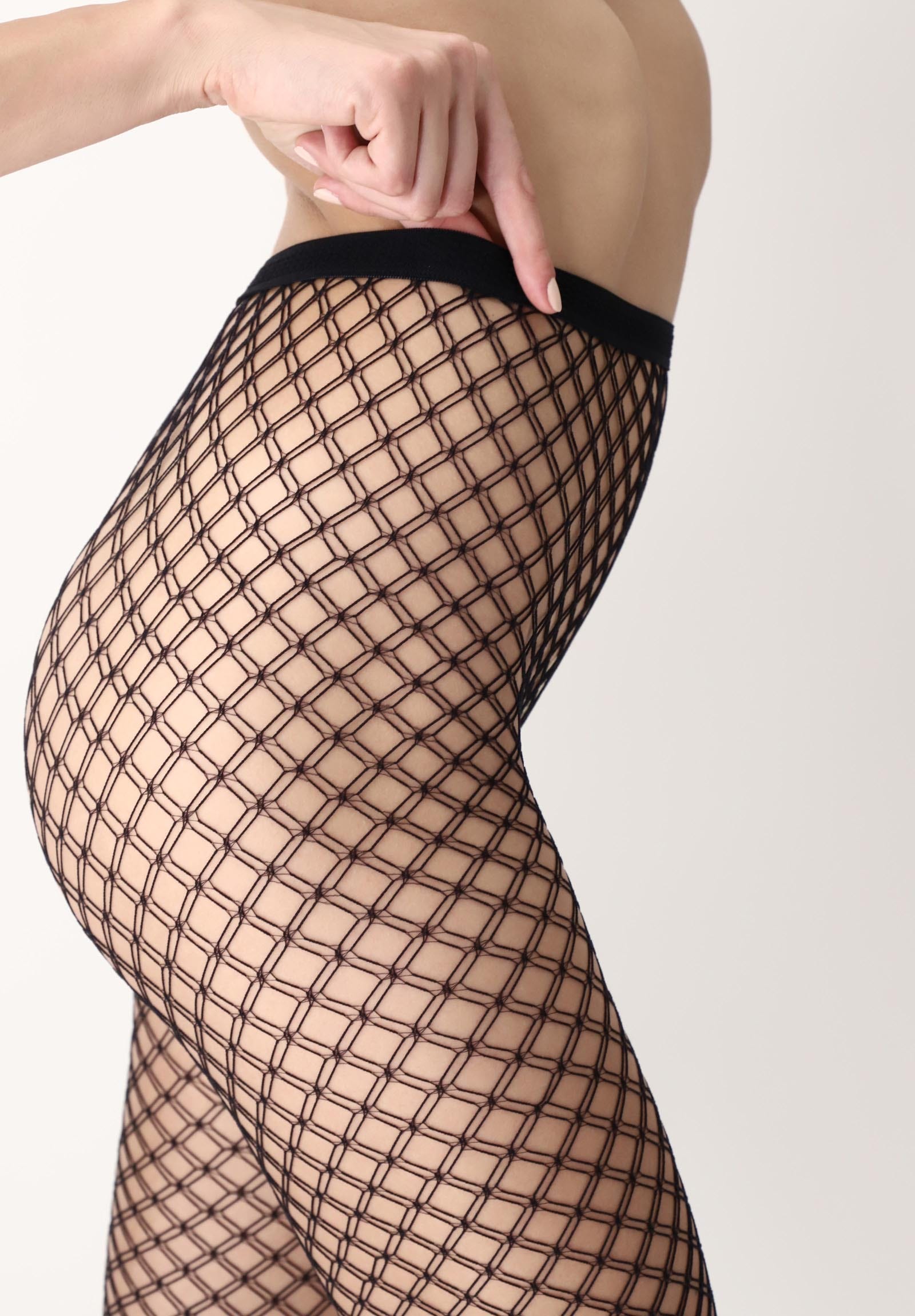
Subcultural Significance: Punk, Goth, and Beyond
Fishnet stockings found a new home in the subcultures of the 1970s and 80s, particularly punk and goth scenes. In these communities, fishnets became a badge of anti-establishment sentiment, representing a rejection of mainstream fashion norms. Paired with ripped clothing, studded leather, and heavy makeup, fishnets symbolized a counterculture aesthetic that celebrated individuality and non-conformity. This period saw fishnets evolve from a symbol of classic Hollywood glamour to a gritty, edgy accessory that resonated with a younger, rebellious generation.
Contemporary Fashion: Versatility and Reinvention
In contemporary fashion, fishnet stockings have proven to be incredibly versatile, transcending their historical associations to become a mainstay in various styles. High fashion runways regularly feature fishnets, reinterpreted through different colors, textures, and layering techniques, showcasing their ability to elevate any outfit. From streetwear, where they are paired with sneakers and oversized hoodies, to haute couture, where they add a touch of daring sophistication beneath elegant gowns, fishnets continue to defy categorization. They have also found a niche in athleisure, with sporty iterations being incorporated into workout gear, demonstrating their adaptability across fashion domains.

Fashion Psychology: The Appeal of Transparency
The enduring appeal of fishnet stockings lies partly in their unique combination of modesty and reveal. Psychologically, the transparency of fishnets plays on the human tendency towards curiosity and attraction to what is partially hidden. This ‘tease factor’ adds an element of intrigue and desirability, making fishnets a powerful tool for self-expression and allure. Furthermore, their sheer nature allows wearers to experiment with bolder outfit choices without overwhelming the overall look, striking a delicate balance between modesty and boldness.
Fishnets and Body Positivity: Celebrating Diversity
In recent years, fishnet stockings have also become a symbol of body positivity and inclusivity within the fashion industry. Social media platforms have played a pivotal role in democratizing fashion, with individuals of all shapes, sizes, and backgrounds confidently donning fishnets and showcasing their unique style. This embrace of diversity challenges traditional beauty standards and reinforces the idea that anyone can rock fishnets with confidence and flair. Brands are increasingly offering extended sizing options, further promoting the message that style knows no boundaries.
![]()
Sustainability and Ethical Considerations in Fishnet Production
As sustainability becomes a paramount concern in the fashion industry, fishnet stockings are also undergoing a transformation in terms of production methods and materials. Traditional fishnets were often made from nylon or polyester, synthetic fibers that do not biodegrade and contribute to environmental pollution. However, contemporary designers and brands are exploring eco-friendly alternatives such as recycled nylon, organic cotton, and even innovative plant-based fibers. These sustainable materials reduce the ecological footprint of fishnets, appealing to environmentally conscious consumers who seek to make fashion choices that align with their values.
Moreover, ethical production practices are gaining importance in the manufacture of fishnets. Consumers and brands alike are advocating for fair labor practices, ensuring workers involved in the production process receive proper wages and work under safe conditions. Brands that prioritize transparency in their supply chain and adopt ethical manufacturing standards are celebrating and supported by a growing segment of consumers who wish to see positive social impact intertwined with their fashion purchases.
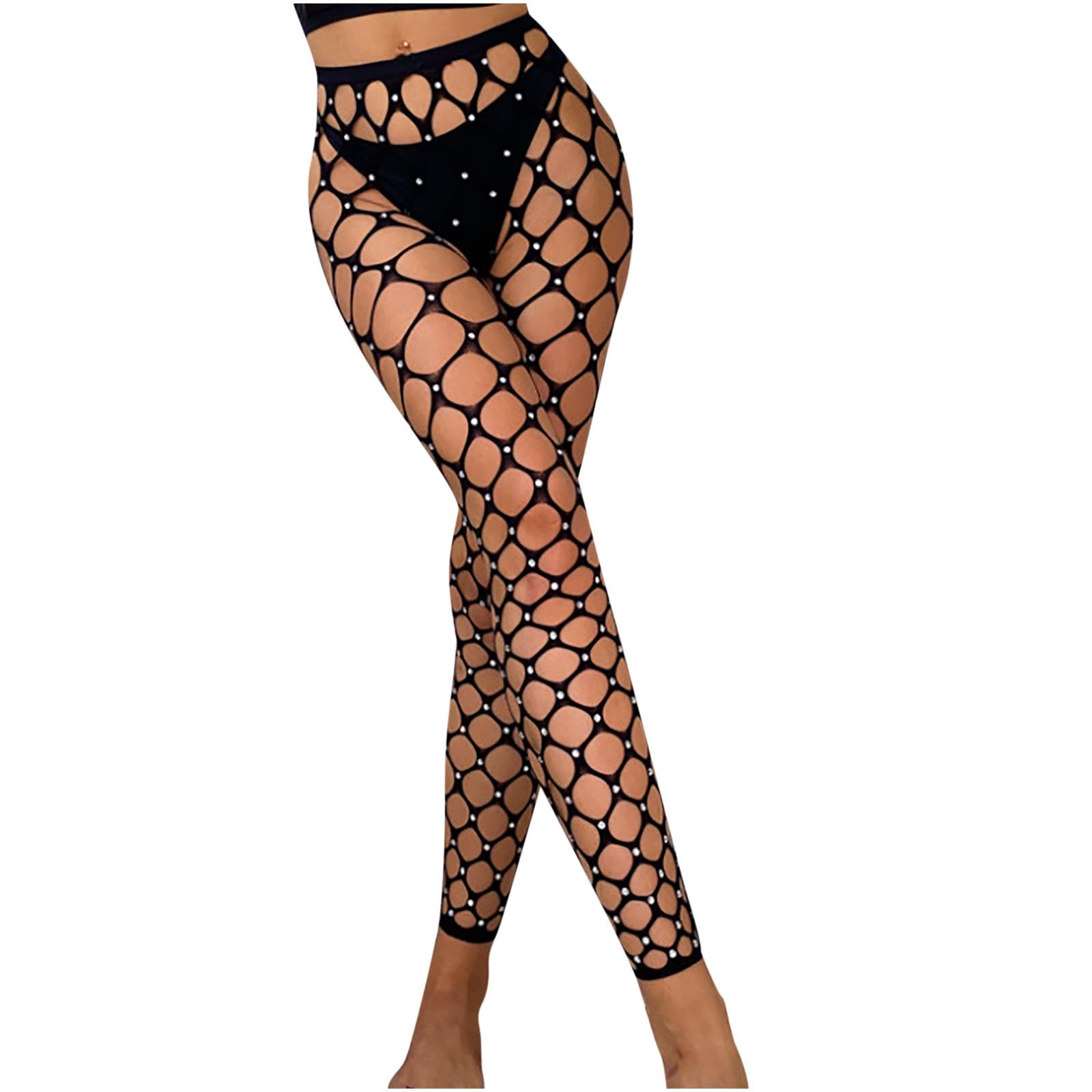
Gender Fluidity and Fishnets
Another significant aspect of fishnets in contemporary fashion is their role in challenging gender norms and promoting gender fluidity in clothing choices. No longer confined to traditional femininity, fishnets now embracing by individuals across the gender spectrum as a form of self-expression. From red carpet events to everyday street style, men and non-binary individuals are incorporating fishnets into their outfits, subverting stereotypes and contributing to a more inclusive and diverse fashion landscape. This shift reflects a broader cultural movement towards embracing individuality and rejecting rigid fashion rules, making space for personal creativity and identity exploration.
Conclusion: A Timeless Trend That Continues to Thrive
From their humble beginnings to their status as a fashion mainstay, fishnet stockings have traversed a remarkable journey through the annals of fashion history. Their continued presence in various styles, subcultures, and fashion eras underscores their timeless appeal and adaptability. Fishnets are more than just a garment; they are a symbol of personal expression, rebellion, and empowerment, reflecting the ever-evolving dynamics of fashion and society. As trends come and go, fishnet stockings remain a constant reminder that true style transcends time, always finding new ways to captivate and inspire.
With sustainability and ethical considerations guiding their production and gender-fluid applications expanding their cultural significance, fishnets exemplify how fashion can simultaneously honor tradition while pushing boundaries and fostering positive change. As fashion continues to reinvent itself, fishnets stand as a testament to the power of versatility, creativity, and inclusivity in shaping style narratives for the future.

